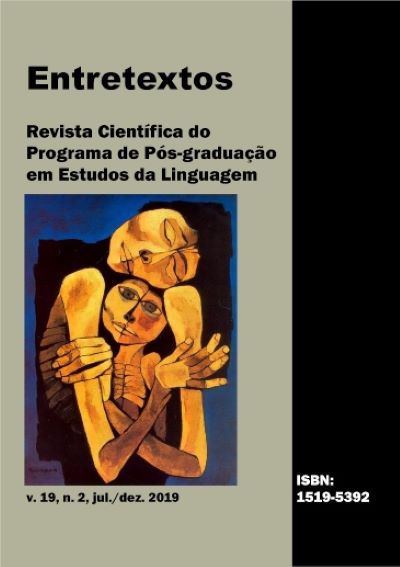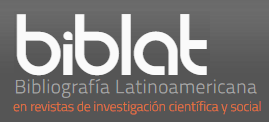Reading strategies instruction through pedagogical sequences
DOI:
https://doi.org/10.5433/1519-5392.2019v19n2p165Keywords:
Reading instruction, Reading strategy, Pedagogical sequenceAbstract
In this article, we present a reflection on reading strategies teaching. We analyzed 32 classroom hours, which was accomplished in classes of the 9th grade. We supported the research on reading strategies and didactic modeling. This theoretical framework guided us through the construction of pedagogical models and sequences, as well as through the analysis of the data. We developed qualitative and documentary research to achieve our primary goal, that is: demonstrate if the reading strategies instruction was implemented to students and how these strategies were taught. The process of examining the data revealed that trainees, who participated in this study, led the students to develop reading strategies. Nevertheless, we noticed that the instructions performed to explain activities were insufficient. We realized that 9th graders were not able to understand reading strategies as a way to improve text comprehension. They also didn't learn how to use it for making meaning from the text. Besides, we verified that trainees knew each preview strategy that was suggested from the didactic sequences. Meanwhile, they had difficulties in teaching them. We think it may be avoided if Portuguese teacher training focuses more on comprehension instructions.Downloads
References
BAKHTIN, Mikhail. Os gêneros do discurso: problemática e definição. In: BAKHTIN, Mikhail. A estética da criação verbal. São Paulo: Martins Fontes, 1997. p. 277-236.
BRASIL. Ministério da Educação. Base nacional comum curricular: educação é a base. Brasília: MEC, 2017.
DE PIETRO, Jean-François; SCHNEUWLY, Bernard. O modelo didático do gênero: um conceito da engenharia didática. Revista Moara, Belém, n. 26, p.15- 52, ago./dez. 2006.
DUKE, Nell K.; PEARSON, P. David. Effective practices for developing reading comprehension. In: FARSTRUP, Alan E.; SAMUELS, S. Jay. What research has to say about reading instruction. 3. ed. Newark, DE: International Reading Association, 2002. p. 208-242.
GODOY, A. S. Pesquisa qualitativa: tipos fundamentais. Revista de
Administração de Empresas, São Paulo, v. 35, n. 3, p. 20-29, 1995. Disponível em: http://www.scielo.br/scielo.php?script=sci_arttext&pid=S0034-75901995000300004. Acesso em: 29 out. 2019.
INEP - Instituto Nacional de Estudos e Pesquisas Educacionais Anísio Teixeira.
Sistema de Avaliação da Educação Básica. Resultados do Saeb 2017. Brasília: MEC, 2017. Disponível em: http://portal.inep.gov.br/educacao-basica/saeb. Acesso em: 31 out. 2019.
KLEIMAN, Ângela. Texto e leitor: aspectos cognitivos da leitura. Campinas: Pontes, 1992.
KOCH, Ingedore Villaça; ELIAS, Vanda Maria. Ler e compreender os sentidos do texto. São Paulo: Contexto, 2014.
LÃœDKE, Menga; ANDRÉ, Marly Eliza Dalmazo Afonso de. Pesquisa em Educação: abordagens qualitativas. São Paulo: EPU, 1986.
MARCUSCHI, Luiz Antônio. Gêneros textuais: definição e funcionalidade. In: DIONISIO, Ângela Paiva; MACHADO, Anna Rachel Machado; BEZERRA, Maria Auxiliadora (org.). Gêneros textuais e ensino. 4. ed. Rio de Janeiro: Lucerna, 2005. p. 19-36.
MENEGASSI, Renilson José. Leitura e ensino. 2. ed. Maringá: Universidade Estadual de Maringá, 2010.
Downloads
Published
How to Cite
Issue
Section
License
Copyright (c) 2019 Entretextos

This work is licensed under a Creative Commons Attribution 4.0 International License.
Entretextos adota a Licença Creative Commons Attribution 4.0 International, portanto, os direitos autorais relativos aos artigos publicados são do/s autor/es.
Sob essa licença é possível: Compartilhar - copiar e redistribuir o material em qualquer suporte ou formato. Adaptar - remixar, transformar, e criar a partir do material, atribuindo o devido crédito e prover um link para a licença e indicar se mudanças foram feitas.
























